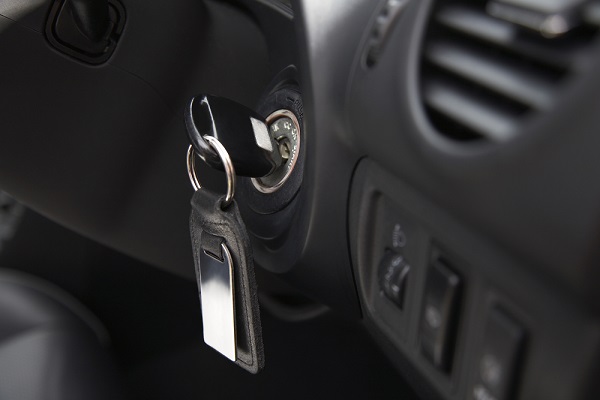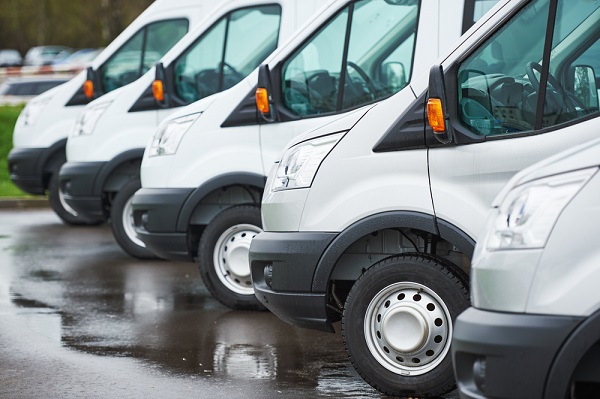TikTok Trend Forces Carrier Withdrawals as Hyundai and Kia Step Up Theft Deterrents
The social media trend led to a wave of vehicle thefts and forced two prominent insurance carriers to announce that they will be limiting applications for coverage.

The social media trend led to a wave of vehicle thefts and forced two prominent insurance carriers to announce that they will be limiting applications for coverage.

As 40% of consumers saw their rates increase, carrier ad spending has decreased and telematics adoption has stabilized after an initial surge, according to a J.D. Power report.

The Missouri Supreme Court ruled that, because the insurer was not given the opportunity to intervene in the case before judgement was entered, the earlier court ruling should be vacated.

“Rising claim costs have led to rate increases around the country,” says independent agent Kyle Fox. “This is due to both the increased cost of manufacturing complex parts and the technical specialization needed to service and repair them.”
A recession, coupled with the numerous other challenges facing the commercial auto insurance market, will certainly create additional headaches for the commercial auto industry.

With the increasing cost of insurance, inflated gas prices and supply-chain issues leading to rising costs for cars, the personal auto insurance market is on a bumpy road.

Inflation is driving up loss costs, carriers are increasing rates and underwriting guidelines are being tightened—all leading to a deteriorating auto insurance market.

In 2021, the Great Reopening brought with it a return of the auto errors & omissions claim. Swiss Re received 183 of them last year and 2022 is on track to surpass it.

With inflation peaking at its highest level in 40 years, auto loss ratios are at their second highest in over 20 years.

The study by J.D. Power shows that the increase in auto premiums is dragging down the overall satisfaction of policyholders and hurting retention rates of bundles.
